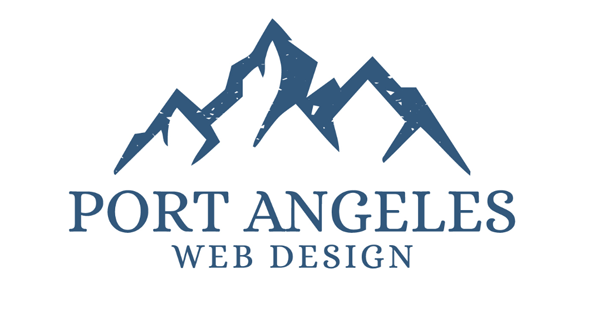Content Marketing - Exposed!
If you’ve been following our Facebook, Twitter, or LinkedIn
feeds, you’ve already been exposed to what content marketing is and why it’s important.
In this article, we’ll give you a real-world example of a content marketing
strategy for a hypothetical
client. This client sells professional
services Business to Business, so his most effective channels are Facebook and
LinkedIn. If you sell to the general public, you should substitute LinkedIn with
Instagram and/or Twitter. Recommended strategies
and schedule:Content Creation:1.Create blog posts that are of interest to your
target audience. Be sure your blog posts are no more than 300 words in length.2.Reach out to influencers in your business space
and invite them to be Guest Bloggers. Giving influencers space to contribute
content increases reach and authority, while gaining valuable influencer
marketing
activity.3.Find at least ten Facebook pages and LinkedIn
connections/groups that are associated with your business (not competitors).
Like and follow the Facebook pages and connect with the LinkedIn members/groups.4.Ongoing – add any of your business events to the
Events area of Facebook5.Ongoing – post any specials or business
activities on both Facebook and LinkedIn.
Content Distribution Channels:1.Update Facebook and LinkedIn pages/profiles to
reflect the business and marketing strategy.2.Subscribe to an email marketing platform, such
as MailChimp.3.Update website blog area to reflect the business
and marketing strategy.
Content Distribution and Schedule:1.Publish a blog every two weeks on the website.2.On the date your blog is published, post the
blog summary or main point on Facebook/LinkedIn with
a link back to the blog post.3.Find an engaging statement in the most recent
blog post and use it to create and schedule a Facebook and LinkedIn post for
the week following publication of your blog. Be sure to add a link back to the
website blog post.4.Weekly, share Facebook /LinkedIn posts on pages
you follow that you believe your target audience would find engaging. Add a comment of your own.5.Weekly, create a post that describes an activity
you or one of your employees performed in the past few days. Be sure to post a
picture of the activity.6.Monthly, publish a newsletter that consists of
snippets of the past two blog posts, with links back to the website blog and
short announcements of any specials or events, with links back to the website
(you should be publishing specials and events on your website).
All of the items above can be managed with online tools that
will save you time. If you’re interested in learning more about Content
Marketing, and its importance in generating more customers for your business,
let us know. We can help setup a specific plan for you, as well as offer
services to assist you with the implementation.




